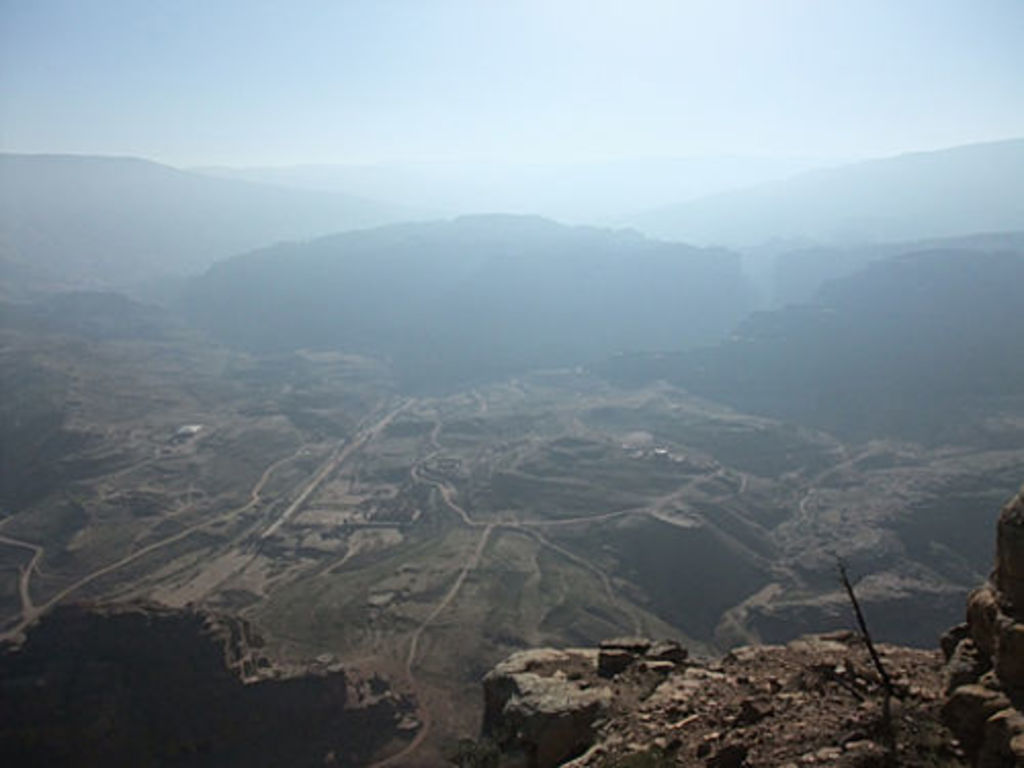Sunday 21, 2010: First working day
The first working day started on one hand with the newly ascension onto the top of Umm el-Biyara for the planned survey of the whole plateau and on the other hand with the excavation of the area around the Ashla triclinium. In the beginning there were quite some problemls with the installation and handling of the exquisite and expensive Leica satellite positioning system. But the team around Guido Teltsch, Will Kennedy and Maxie Maria Haufe did not give up at any moment and succeeded (supported by Mister Dietrich from Leica over the phone) to get this thing up and working prefectly two days later.
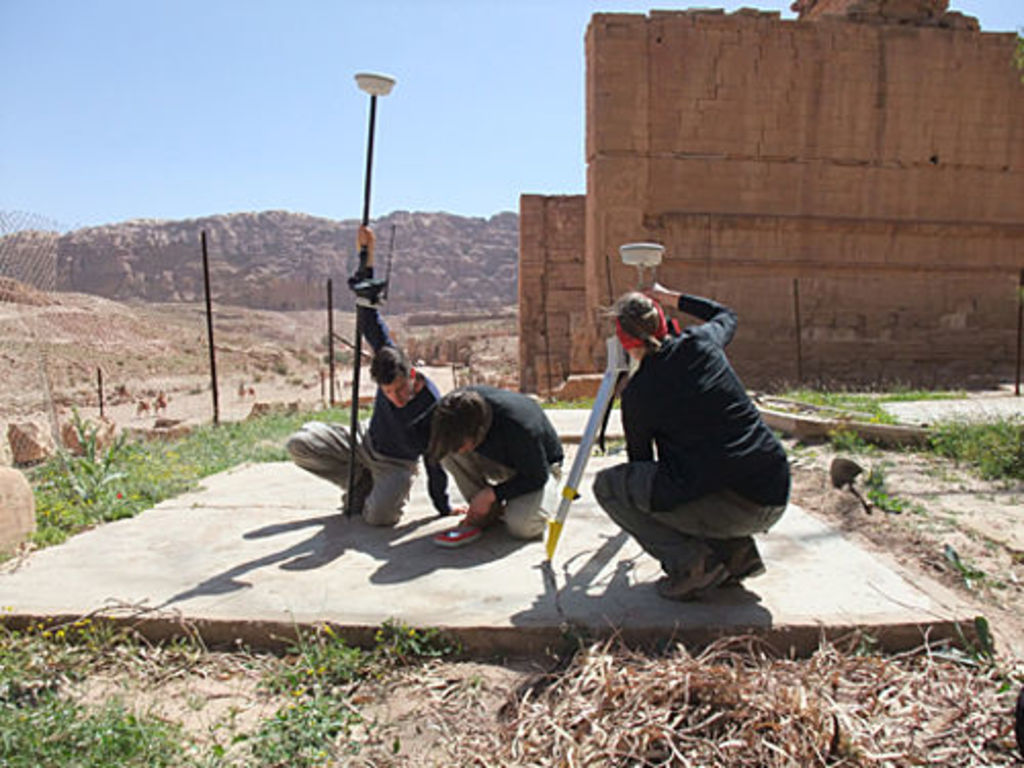
To protect the expensive satellite and solar system on top of Umm el-Biyara, Stephan Schmid decided to build up a tent and to leave up there two persons over night. For the very first night the dices decided, that Stephan Schmid himself and André Barmasse will stay and test the restistence of the tent against coldness, wind and rain. Luckily there was a rock cut tomb, wherein we could install the tent and deposit all the equippment, and wich was also a very good shelter and warmth keeper.
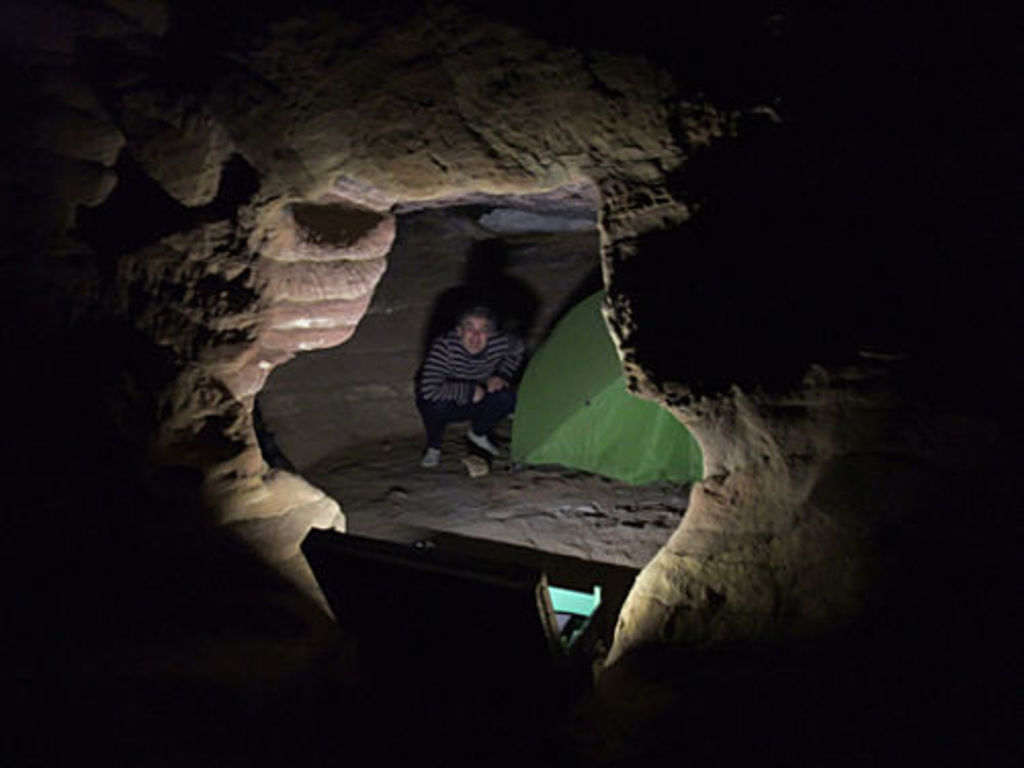
Meanwhile the Aslah triclinum team is also taking up its work, driving savely with the car from Nazzal’s camp directly to the excavation site in the Bab es-Siq. The main task is to clean the triclinium itself and the area on two terraces in front of it. For this purpose six workmen from the Bedool are helping.
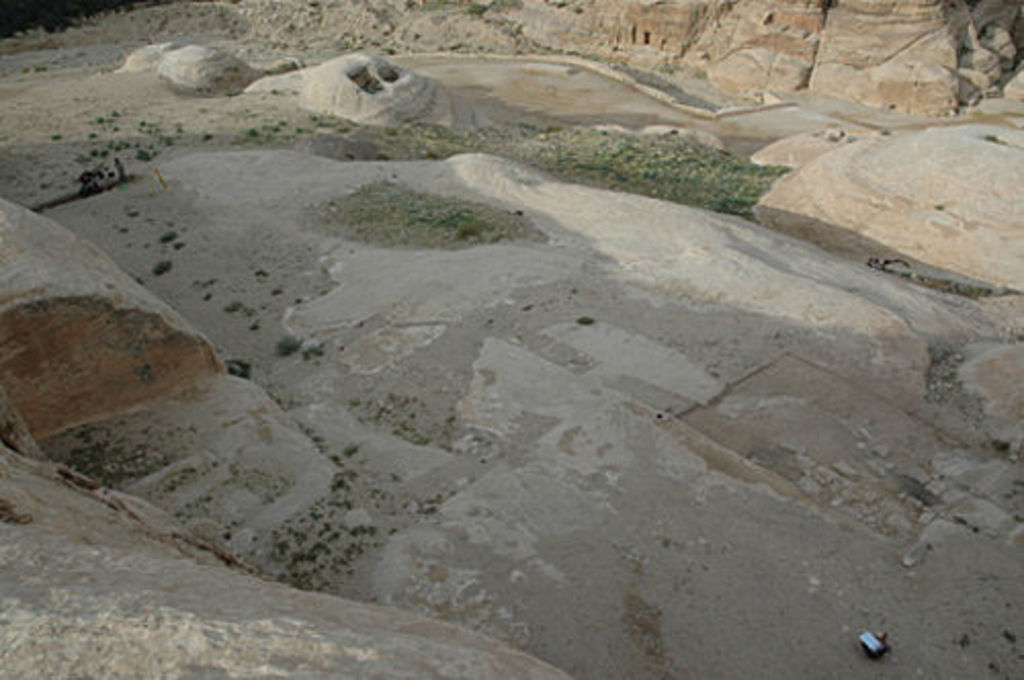
Monday 22, 2010: Second working day
Waking up after the first night in the tent in the rock cut structure on Umm el-Biyara it became quite clear that Stephan Schmid and André Barmasse had taken the bad cards in the game, because the sky was extremly cloudy and weather therefore very windy and cold. But wrapped up in five layers of clothing they started to explore and analyze the structures on the plateau, knowing that the Leica satellite system would not be available before the next day.
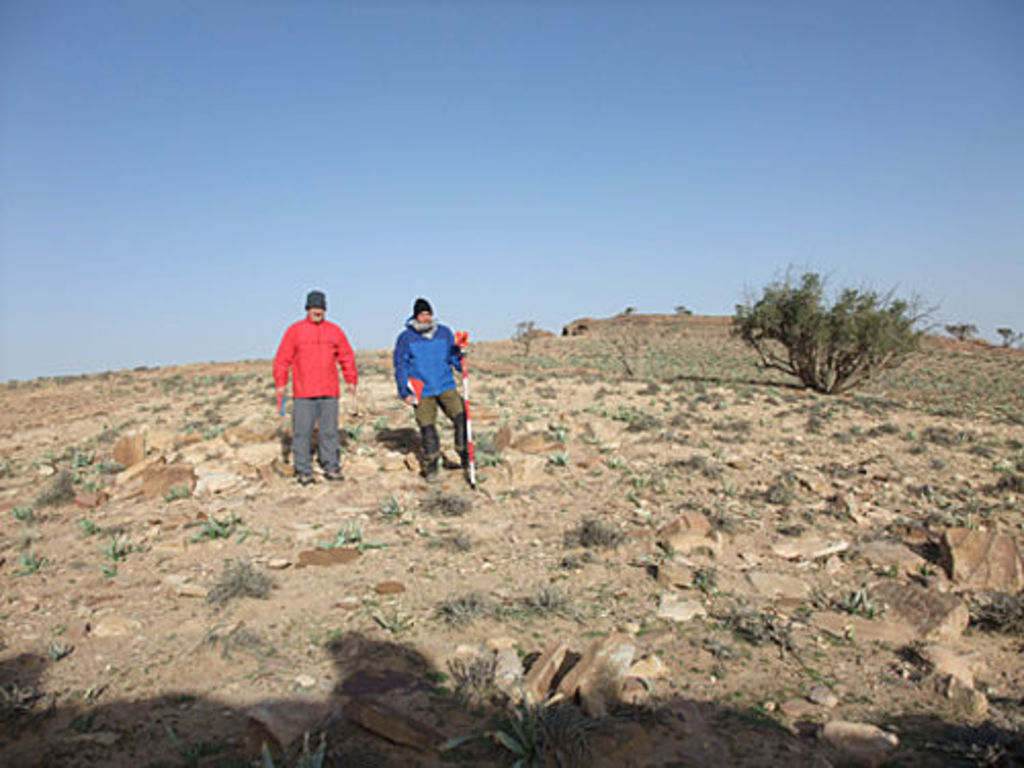
Of alle the structures on Umm el-Biyara there are two types clearly decernible. Almost in the middle of the plateau (slightly to the southern part of it) there are the Edomite buildings, excavated by Cristal Bennett in the Sixties of the last century. In the north-eastern part there are the remains of about twelve budling structures clearly belonging to the Nabataean era. These buildings do not seem to be following a rectangular layout, but are loosely connected to each other following the outlines of the rock. In most of the cases they are built on terraces and outcrops of the rock, sometimes even to the very edge of it. and almost all of them have an excellent view to the surrounding mountains and towards the city center.
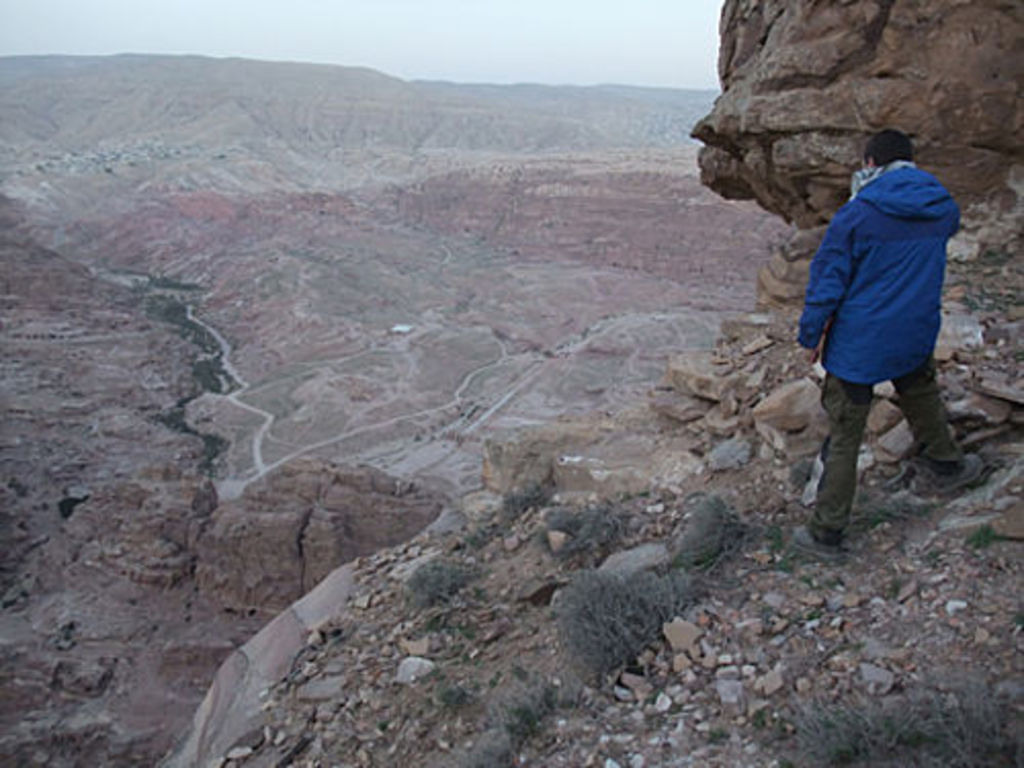
In the area of the Aslah triclinium the cleaning of the walls inside the rock cut room continued. Marco Dehner standing on a high ladder carefully tries to brush away the layer of black oily fire smoke without harming the sandstone behind it. In addition to this, the remains of goat herding were also removed from the entire floor and the triclinium benches.
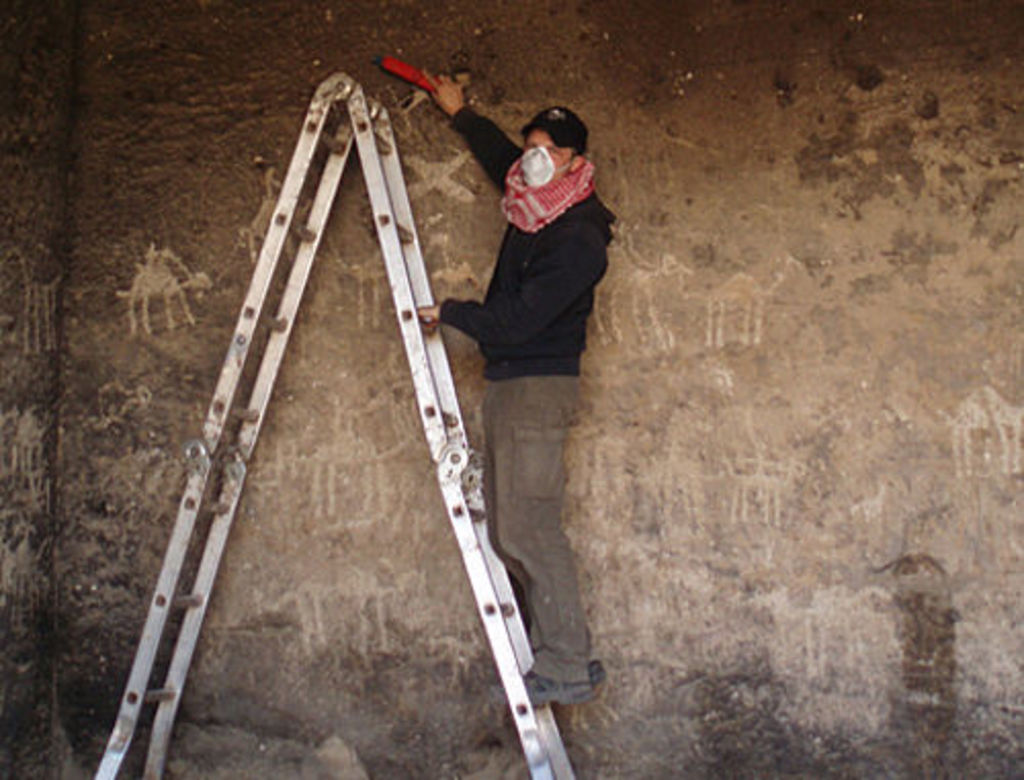
Tuesday 23, 2010: Third working day
The third working day started (as usual) with the generator ratteling up loudly at 05.00 in the morning, the breakfast and the ascension onto Umm el-Biyara. This day the Leica satellite system seemed ready, and so Suleyman Mohammed and his wife Aziza prepared everything for packing up the two donkeys. Besides: Aziza is also our excellent team cook, separating even meat from the rest of the food for our vegetarian members.
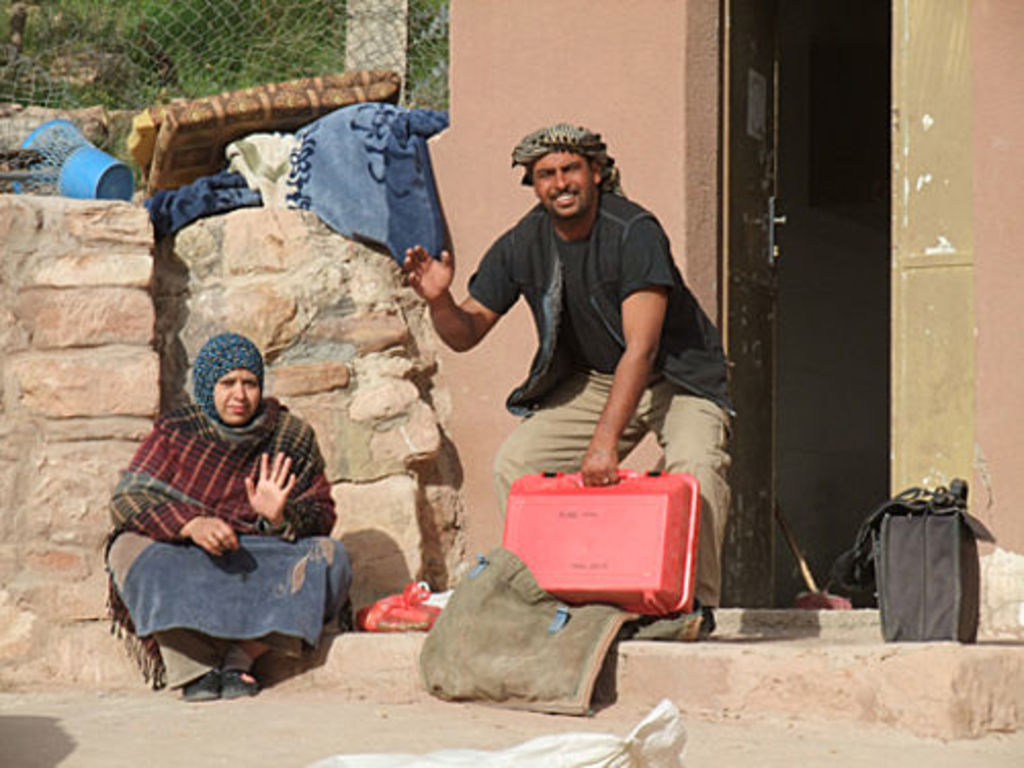
Arrived on top of Umm el-Biayara, unpacked and installed everything, the measuring team had again some slight problems setting up the Leica satellite system. But another call to Sebastian Dietrich from Léica office at Berlin later, everything cleared up and the system was ready to go. The reference station was set up on top of a small rocky outcrop, and the rover staff was programmed and ready to finally take the first GPS points of this excavation season.
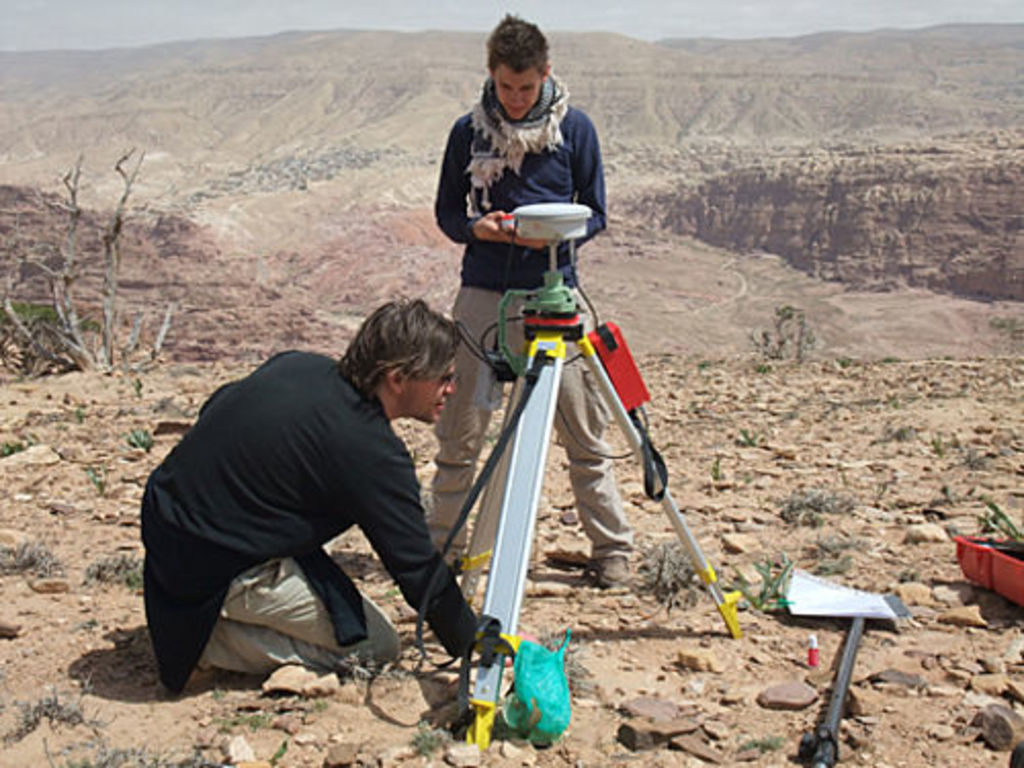
Work at the Aslah triclinium continued as usual under the auspices of the team leader Laurent Gorgerat. He is supported by project leader Robert Wenning and his wife Wiltrud and the helping hands of Karin Petrovszky, Marco Dehner and Thomas Kabs.
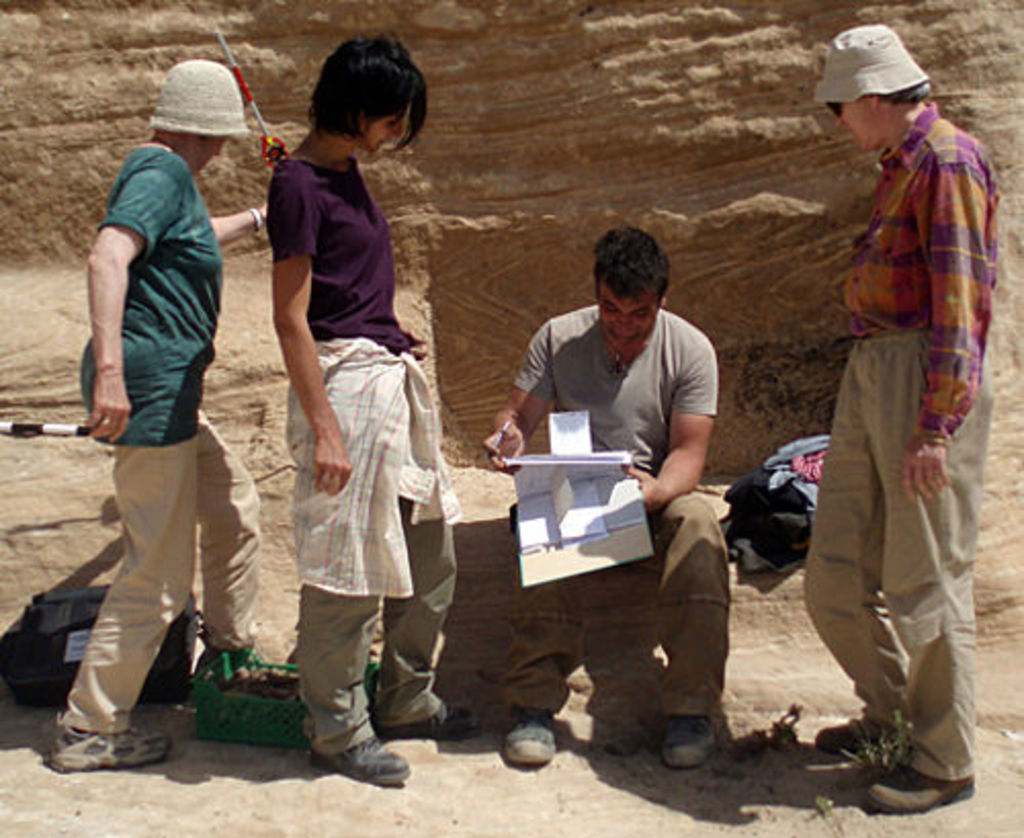
Wednesday 24, 2010: Forth working day
Will Kennedy and Maxie Maria Haufe enjoyed very much spending the last two days and nights on top of Umm el-Biyara. They arranged the cave and the space in front of it, and even built a small fire place outside and inside the cave. At first, it seemed a little bit difficult to ignite the fire in the small fire place, but Will „The Trapper“ Kennedy succeeded gloriously. And the coffee off that fire was like a dream.
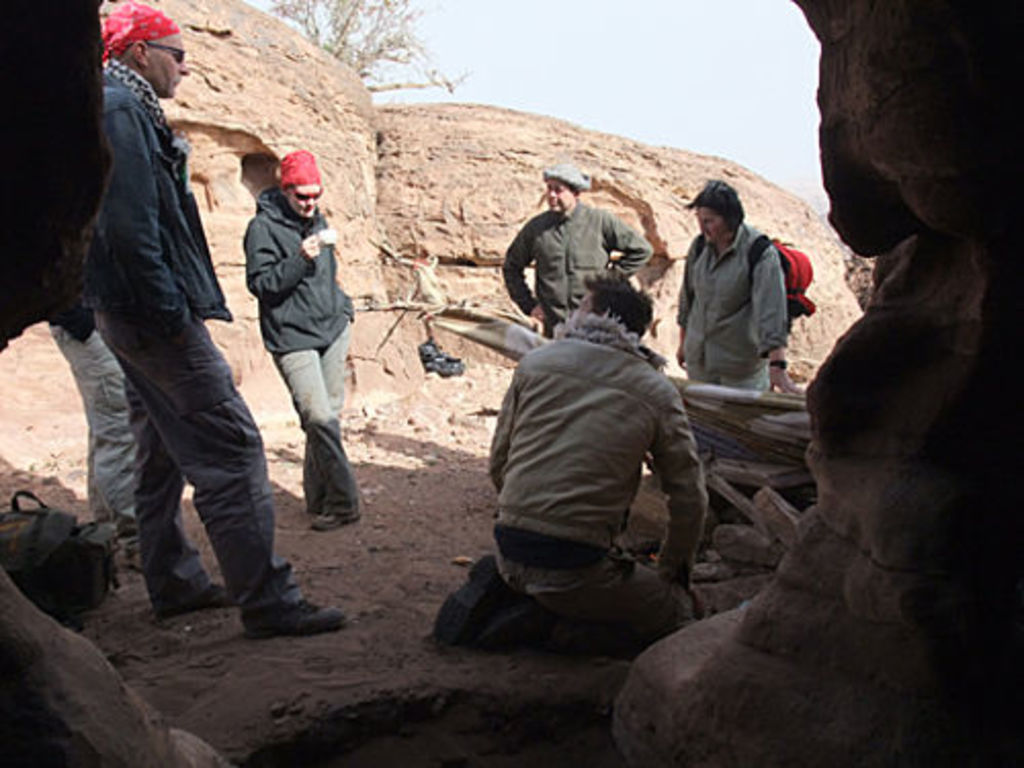
Today Piotr Bienkowski from Manchester joined the excavation team and walked up to Umm el-Biyara. He and Elzbieta Dubis from Krakow are the two Polish speaking people in this year’s group. Like every day, the first task was to set up the Leica satellite station, this time on its right place on top of a small outcrop alsmost in the middle of Umm el-Biyara. Everybody was keen to see this event happening.
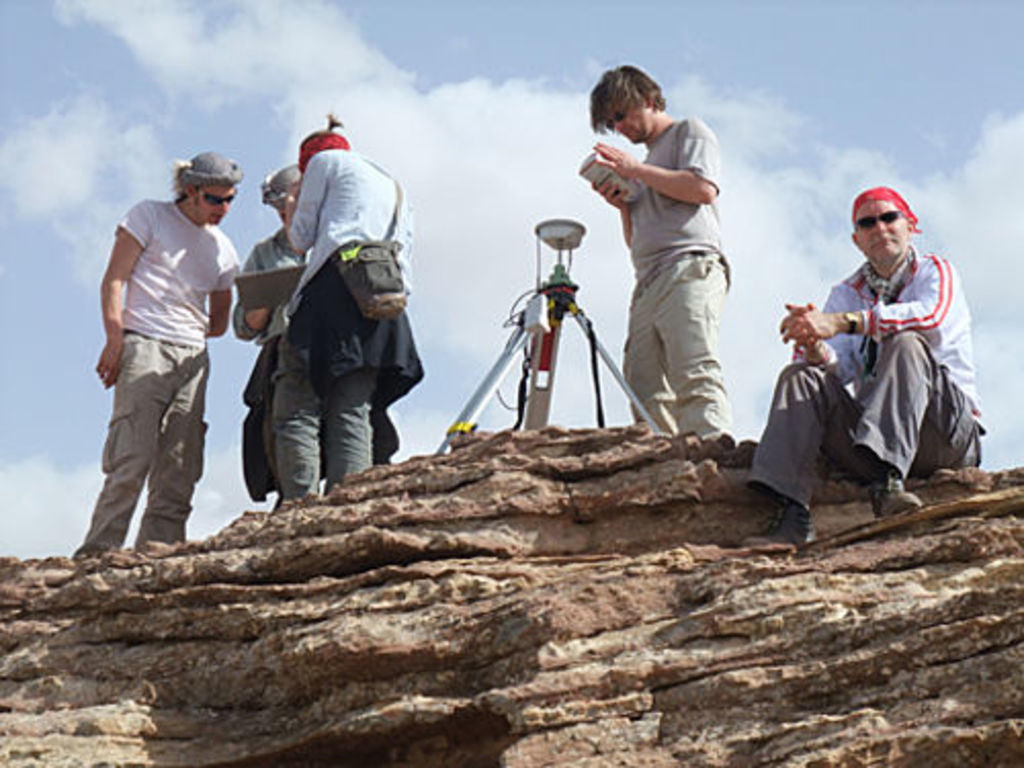
Work at the Aslah triclinium continued as usual. On the southern terrace the long cut in front of the triclinium was continued to get some information about building structures in front of it. The trench is surveyed by Robert and Wiltrud Wenning; Thomas Kabs, Marco Dehner and some of workmen of the Bedool are helping them.
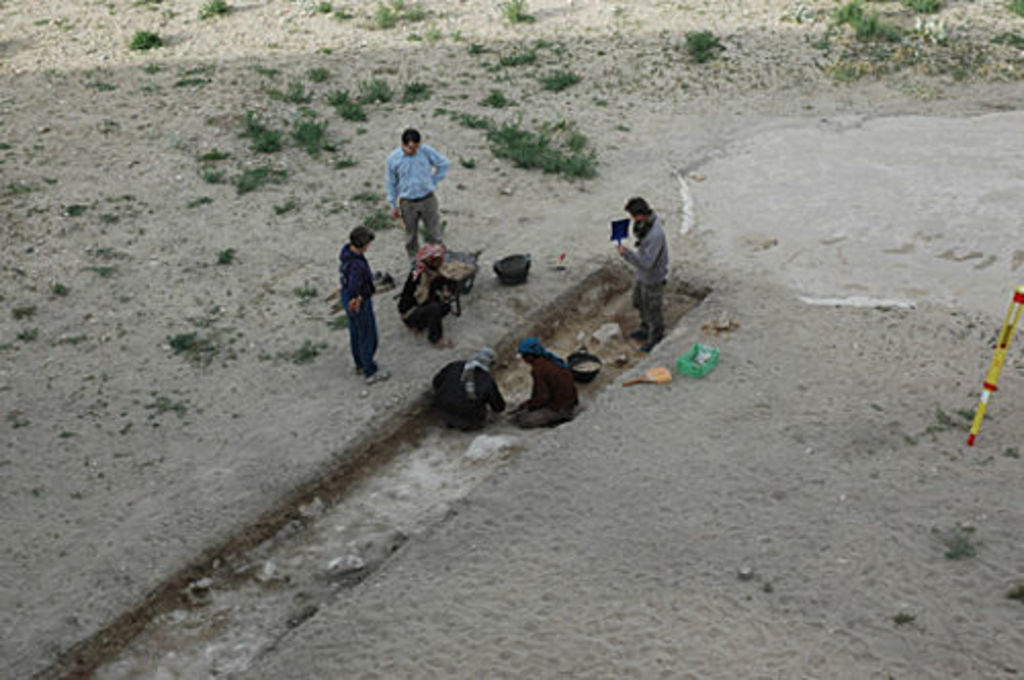
Thursday 25, 2010: Fifth working day
After some days of preparing and waiting, finaly the first real surveying day on Umm el-Biyara took place. The 50x50 square meter surveying grids were set up and two teams started collecting ceramics along the center of these grids. After a hard morning work the team assembles in front of the fire to drink a well deserved tea. Stephan Schmid is taking a nap while the other team members discuss the latest finds.
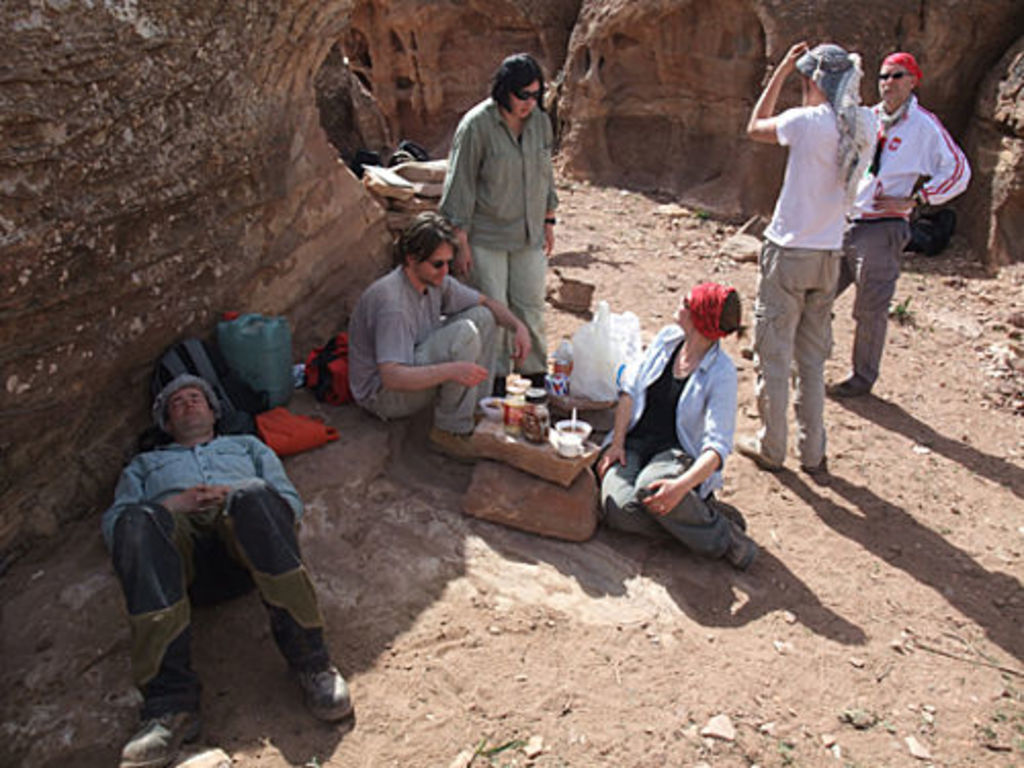
While the rest of the team was going down to the camp and right into the well deserved weekend, Stephan Schmid and André Barmasse decided again to stay overnight on top of Umm el-Biyara, although upcoming mist and clouds pointed towards a massive change of weather.

Work at the Aslah triclinium continued as usual. The interior of the triclinium was cleaned very carefully in order to trace any rock cuttings however small they might be. At the entrance there are different holes and chanels cut into the bedrock.
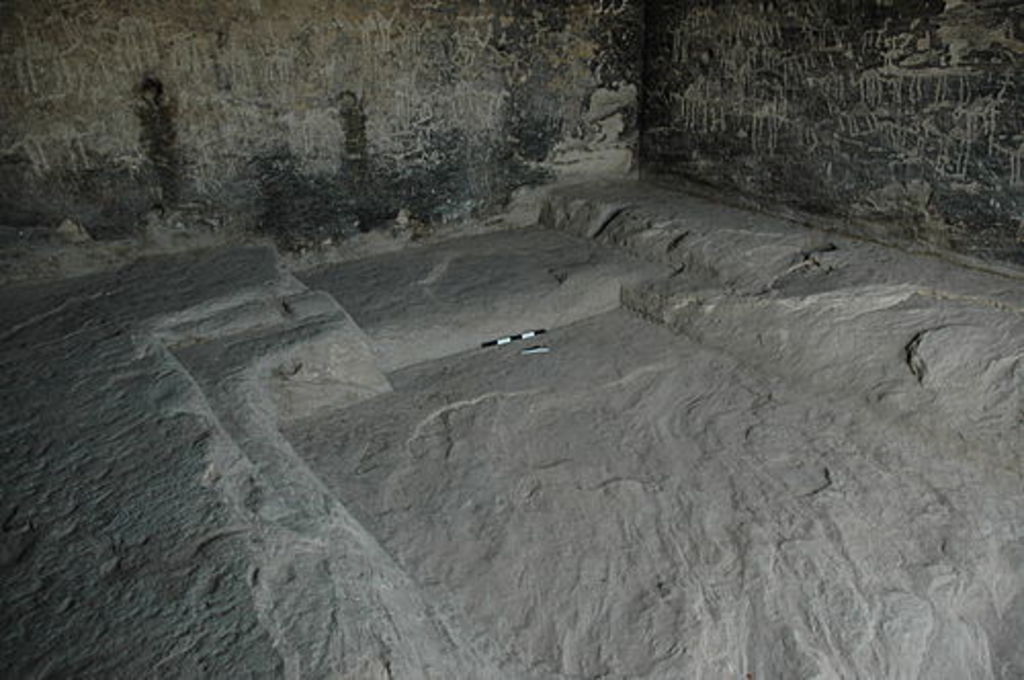
Friday 26, 2010: First day of the weekend
And indeed, from Friday night throughout to Saturday heavy weather with constant rainfalls and a massive mist darkened the whole Petra region. The poor two guys staying two nights on top of Umm el-Biyara had to wrap themseleves up in warm jackets and keep a constant fire in order to to get frozen.
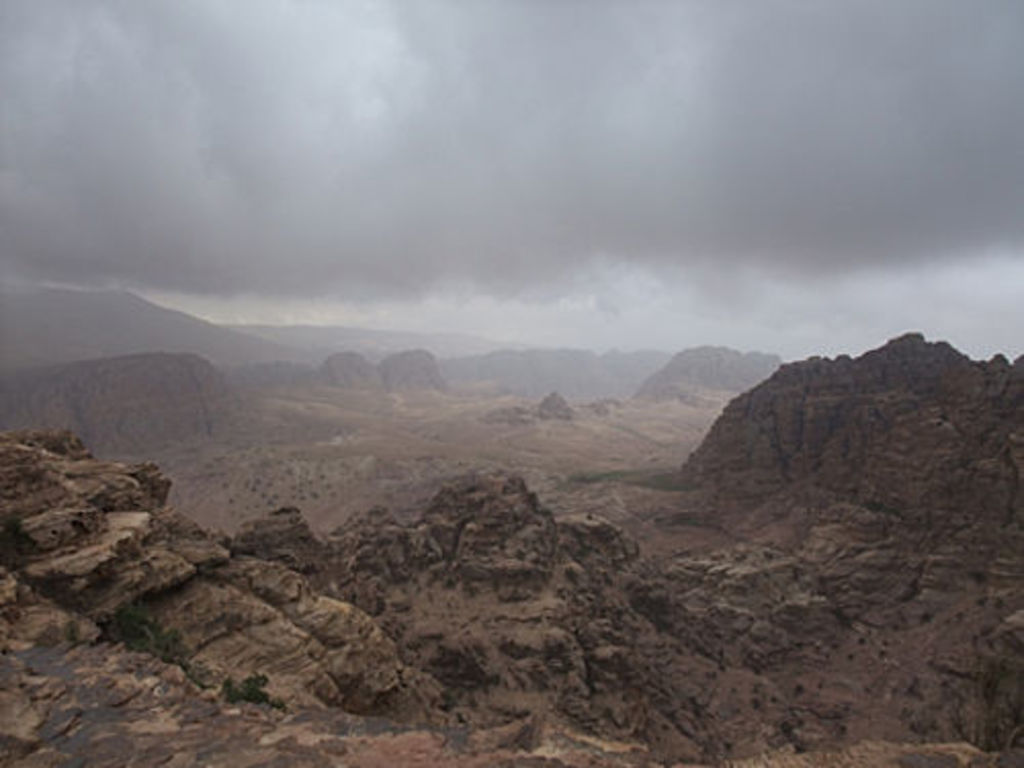
Nonetheless they kept on surveying and documenting the water collecting systems on the Umm el-Biyara plateau, sometimes seeking shelter from heavy rainfalls under a small rock, sometimes warming up a little bit near the fire in front of the cave.
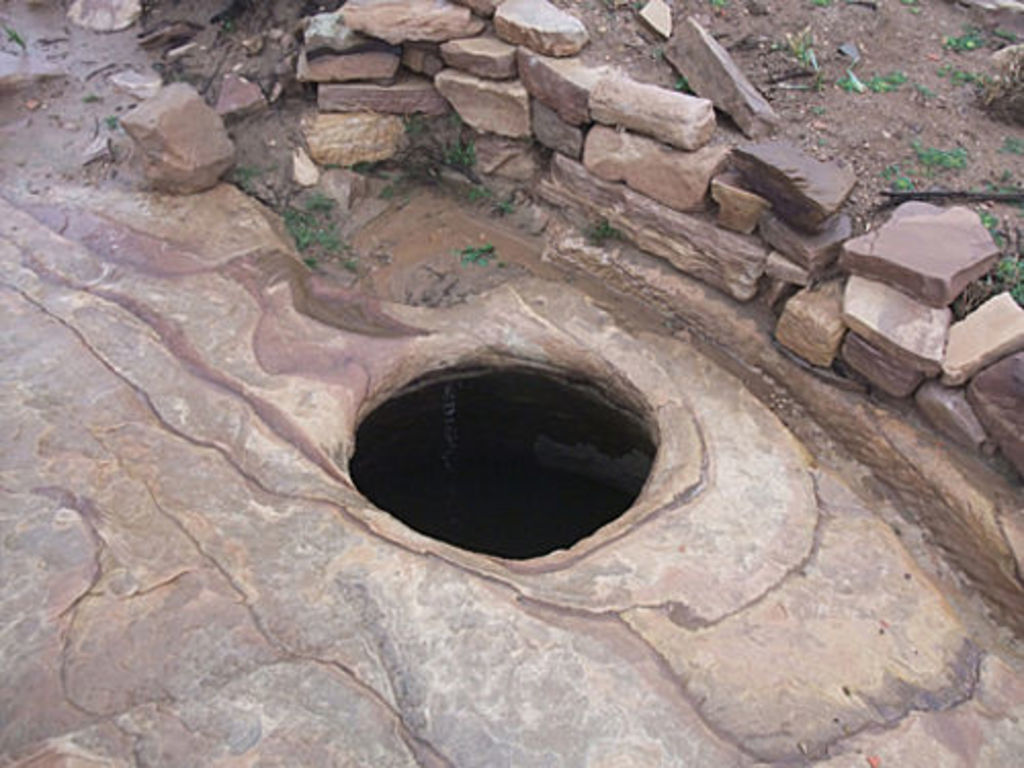
Saturday 27, 2010: Second day of the weekend
In the early morning of Saturday, Will Kennedy and Guido Teltsch arrived on top of Umm el-Biyara after a wet and dangerous ascension. They were very happy to see Stephan Schmid and André Barmasse still alive and all together had a nice cup off hot Coffee directly from the camp fire.
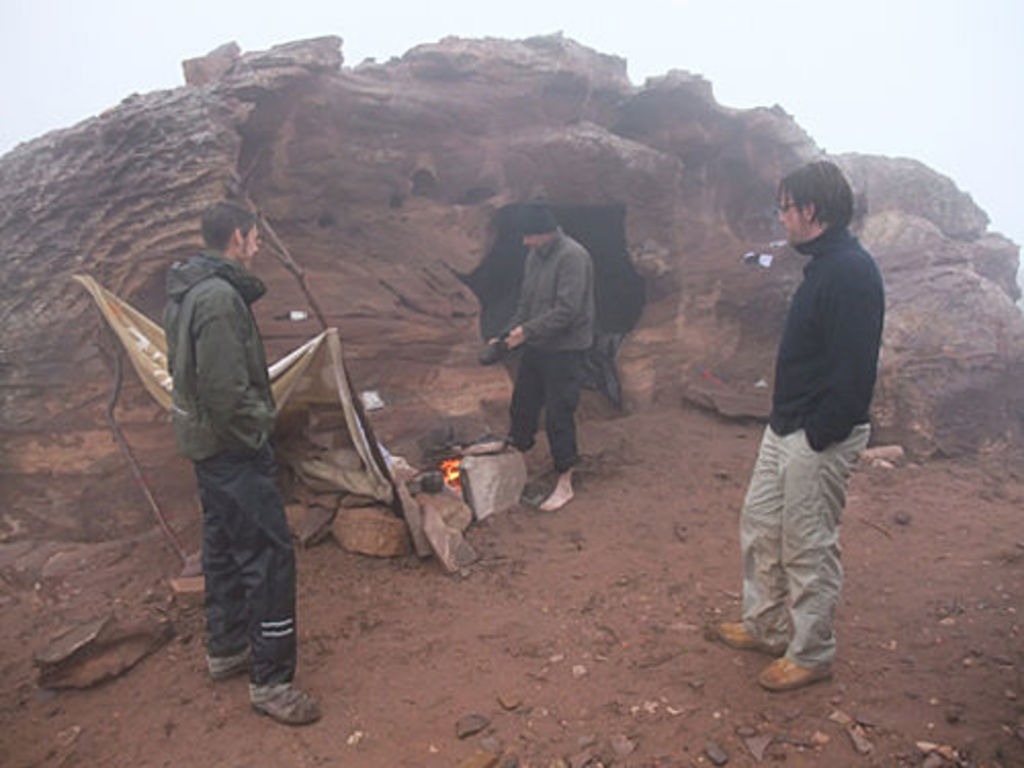
The Umm el-Biyara team was a little bit afraid the bad weather will continue for many days more. But an SMS from Switzerland informed that weather should be good again on that very day. And so it was. Shortly after lunch break the sky opened up and the sun came out.
